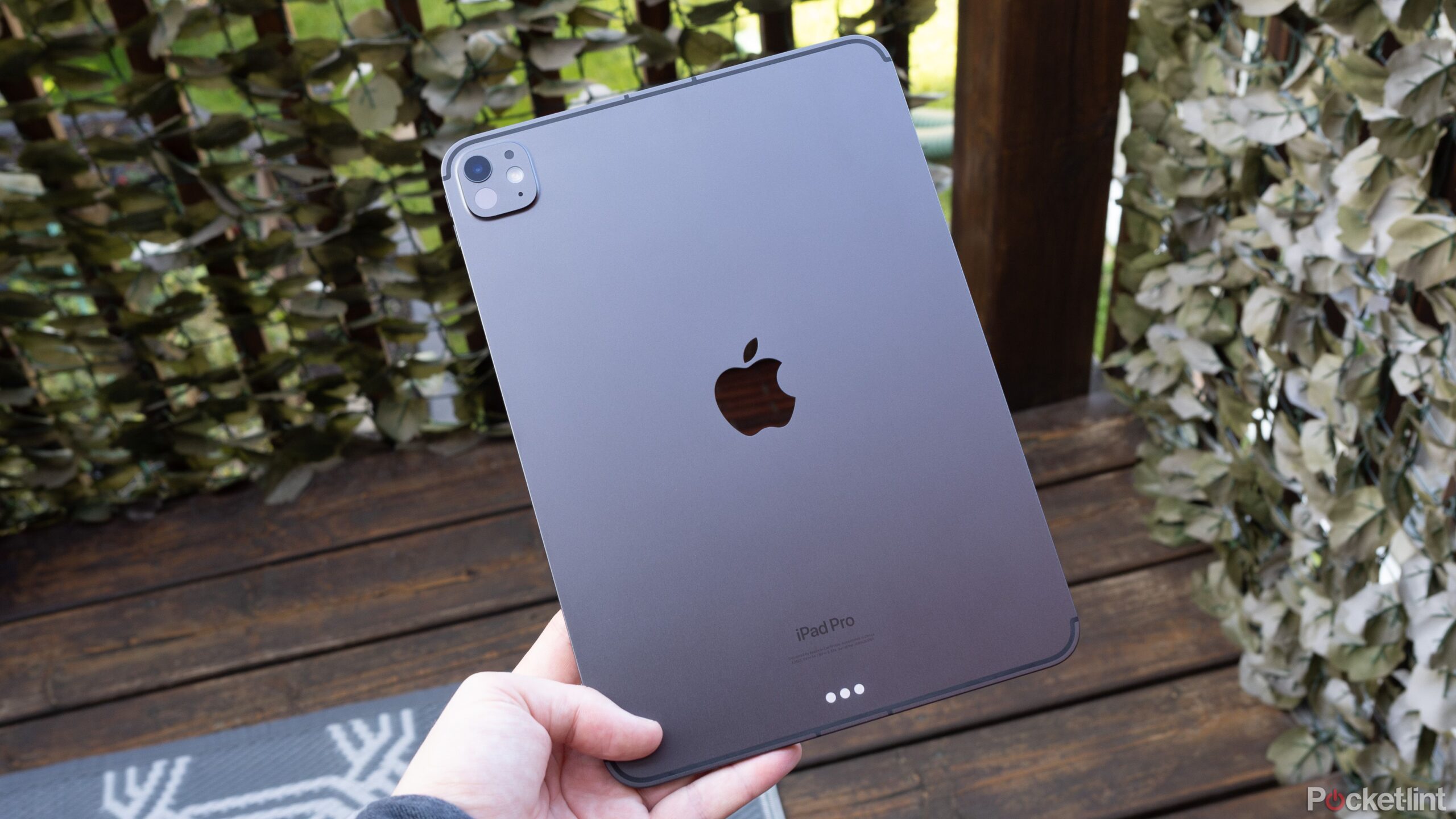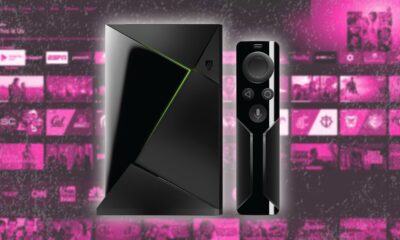Gadgets
Apple needs to complete iPadOS if it wants to keep the iPad Pro afloat

Key Takeaways
- The iPad Pro line showcases the very best of Apple from a hardware perspective.
- Its operating system, iPadOS, hasn’t evolved rapidly enough to match up with concurrent hardware advancements.
- Apple needs to reevaluate iPadOS, in order to make the iPad Pro a proper value proposition.
Apple first introduced us to its iPad Pro line back in 2015, at a time when the tablet computer landscape was in a very different place. This was before iOS was forked into a dedicated OS for the iPad, and before mobile chipsets began to give laptop processors a proper run for their money.
A lot has changed for the iPad Pro in only a short period of time — we now have models that ship with the same Apple Silicon found in the MacBook Air, a dedicated windowing mode in the form of Stage Manager, and, yes, even a calculator app.
However, even with these undeniable advancements to the product line, the iPad Pro continues to be a difficult tablet to recommend to all but the most ardent Apple loyalists. Mobile-first hardware is no longer a bottleneck, but iPadOS holds back the iPad from exercising its potential.
Related
Why there’s never been a good time to get an iPad Pro
Despite its powerful hardware, the iPad Pro is hard to justify — it’s own operating system is holding it back.
Setting the stage (manager) for Pro-level iPads
Initially, the iPad Pro started off on shaky ground
When the very first iPad Pro came to market, I struggled to understand its appeal. It was large and unwieldy, and its pricey bespoke Smart Keyboard accessory felt superfluous to the tablet experience. Most consequentially, the iPad Pro ran a scaled up version of iOS — Apple’s iPhone operating system.
This strategy of a mobile-first software experience played a critical role in cementing tablet computers as a genuine product category.
This strategy of a mobile-first software experience played a critical role in cementing tablet computers as a genuine product category. Apple’s decision to ship the original iPad with iOS as opposed to macOS was the right call, in retrospect. The iPad provided a streamlined user interface that made content consumption more pleasing than on either a smartphone or a laptop.
Unfortunately, this interface paradigm simply didn’t scale for productivity-based computing workloads. The company’s arch-rival Microsoft seemingly had a leg up, shipping its own Surface Pro tablets with full-fat Windows and all its desktop OS glory. And so, Apple began to rapidly evolve the iPad Pro experience — until it didn’t.

Related
iPadOS 18’s public beta offers a minor update, but these 6 new features are still great
Apple’s latest iPadOS update might not be as revolutionary as some hoped it would be, but it still offers a few notable new features
All the groundwork has already been laid
Apple needs to take another step of ‘courage’
The iPad Pro’s hardware rapidly evolved — we got thinner, uniform bezels, seriously speedy processors, 120Hz refresh rate displays, Thunderbolt 4 USB-C connectivity, impossibly thin chassis, and much more.
In the intervening time, iPadOS has also evolved, but not nearly to the same extent. Additions such as a native mouse cursor, Stage Manager app windowing, broader USB peripheral support, and more are all appreciated and necessary software improvements. Unfortunately, this rate of innovation has plummeted over the past couple of iPadOS software generations.
This is a problem because Apple has gone 90% of the way to making iPadOS a viable ‘pro’ computing platform, but hasn’t taken the final steps to solidify its commitment to the category. All the groundwork is in place, but small iOS-isms hamper the broader computing experience.
Apple has gone 90% of the way to making iPadOS a viable ‘pro’ computing platform, but hasn’t taken the final steps to solidify its commitment to the category.
-

 Destination6 months ago
Destination6 months agoSingapore Airlines CEO set to join board of Air India, BA News, BA
-

 Breaking News8 months ago
Breaking News8 months agoCroatia to reintroduce compulsory military draft as regional tensions soar
-

 Tech News10 months ago
Tech News10 months agoBangladeshi police agents accused of selling citizens’ personal information on Telegram
-

 Breaking News8 months ago
Breaking News8 months agoBangladesh crisis: Refaat Ahmed sworn in as Bangladesh’s new chief justice
-

 Gaming8 months ago
Gaming8 months agoThe Criterion Collection announces November 2024 releases, Seven Samurai 4K and more
-

 Toys8 months ago
Toys8 months ago15 Best Magnetic Tile Race Tracks for Kids!
-

 Toys10 months ago
Toys10 months ago15 of the Best Trike & Tricycles Mums Recommend
-

 Guides & Tips8 months ago
Guides & Tips8 months agoHave Unlimited Korean Food at MANY Unlimited Topokki!


























